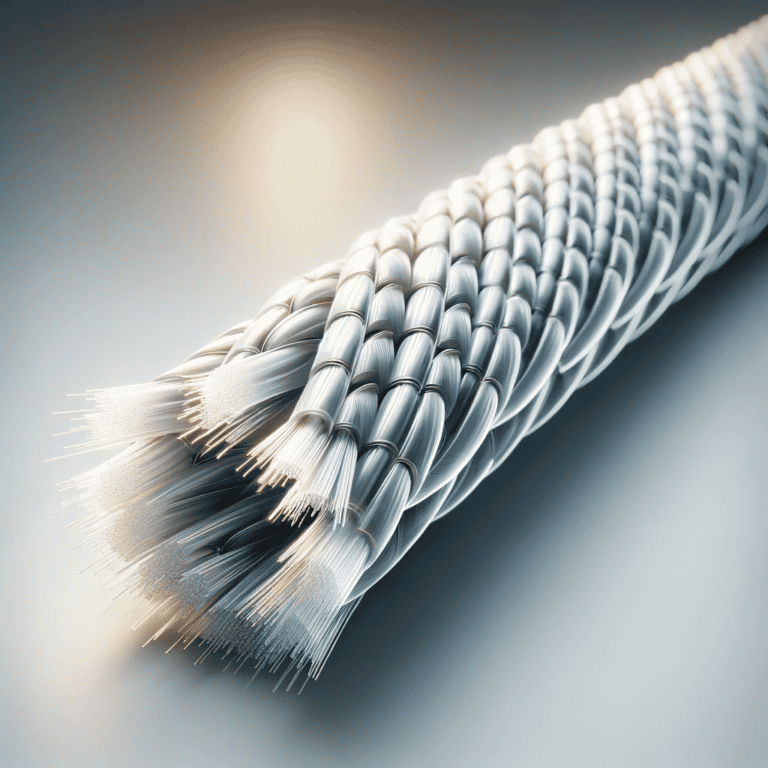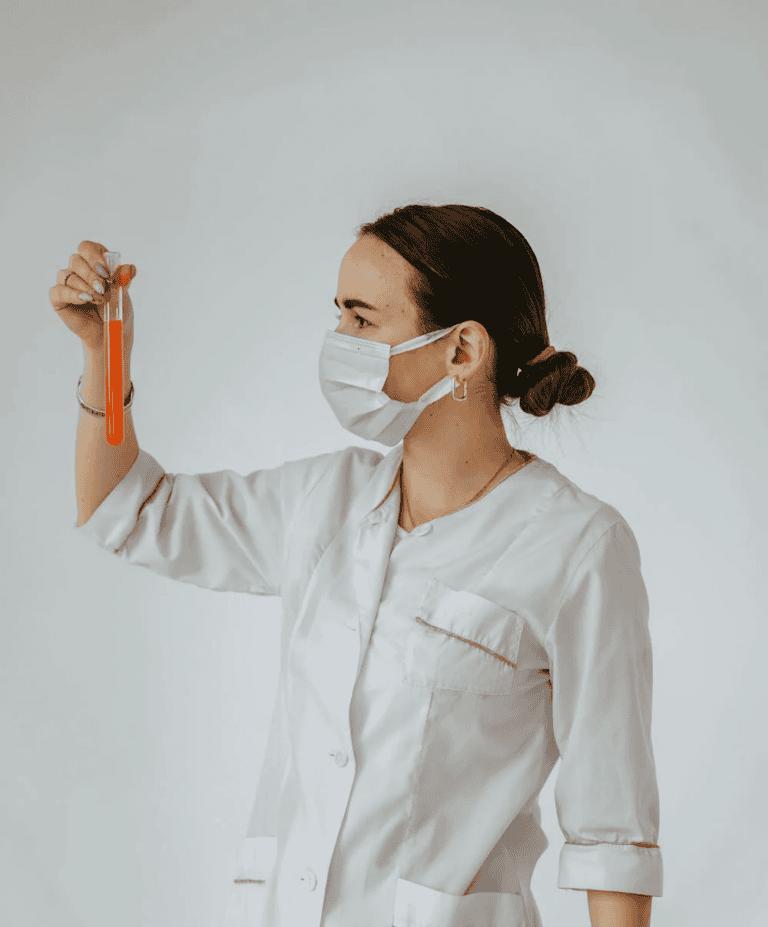New Synthetic Sugars Boost Fight Against Superbugs
Researchers at Leiden University have made a big step forward in the fight against Staphylococcus aureus, a notorious bacteria that causes a wide range of serious infections and is known to be resistant to many drugs. The team’s work, which came out in the Journal of the American Chemical Society on January 10, 2025, is about making long strings of Staphylococcus aureus Type 8 capsular polysaccharides (CP8) in a lab. These man-made molecules show important structural epitopes that are needed to make immune responses work well. This information could be the basis for future vaccine creation.

Staphylococcus aureus is a big cause of hospital-acquired infections and is very dangerous for people who don’t have strong immune systems. Because it can’t be killed by common medicines like methicillin and vancomycin, it has become a top priority for new treatments, such as vaccinations. However, past attempts to make vaccines using naturally isolated capsular polysaccharides have failed because they haven’t been very successful. This is partly because the bacterial capsular polysaccharides are very complex and are important parts of the outer cell wall of the bacteria.
The work that Jeroen D. C. Codée and his team did is a major step forward. They were able to make CP8 oligosaccharides that are up to twelve sugar units long. Researchers can study how the length and make-up of these sugar chains affect their ability to be recognized by the immune system by making these synthetic versions with precise structure control.
The study’s main result is that oligosaccharides need to be at least three repeating units long to make the immune system work well. This idea came from in-depth structure studies that demonstrated that these lengths are needed to create the right spatial orientations for antibodies to work well. The study showed that the non-reducing ends of these man-made chains are very important for binding to antibodies. This shows how certain molecular traits play a part in immune recognition.
To get a better idea of how the manmade oligosaccharides and antibodies interacted with each other, the team used advanced methods like saturation transfer difference NMR spectroscopy. This helped them figure out which parts of the sugar chains bind to immune molecules the most, which put light on the structural bases for stimulating the immune system in a way that works.
Studies on immunizations in mice showed that these man-made chemicals could be used as parts of vaccines. When mice were immunized with longer chains of synthesized CP8 oligosaccharides, their immune systems worked better and more consistently than when they were immunized with shorter pieces. This means that these longer oligosaccharide chains may be a better match for the natural structure of the bacterial polysaccharides, which could make vaccines work better.
This study not only shows a possible way to create new medicines against Staphylococcus aureus, but it also shows how synthetic chemistry and molecular biology can be used to solve some of the hardest problems in managing infectious diseases. The study found out in great detail how certain structural parts of bacterial capsular polysaccharides interact with the immune system. This makes it possible for more targeted and effective therapeutic interventions, which is good news in the ongoing fight against pathogens that are resistant to antibiotics.
Read more:
https://pubs.acs.org/doi/10.1021/jacs.4c16118?articleRef=control
Østerlid, Kitt Emilie, et al. “Long, Synthetic Staphylococcus aureus Type 8 Capsular Oligosaccharides Reveal Structural Epitopes for Effective Immune Recognition.” Journal of the American Chemical Society (2025).



